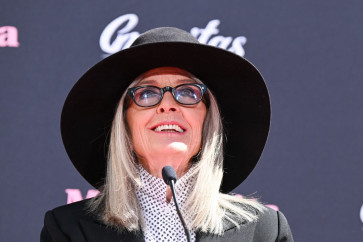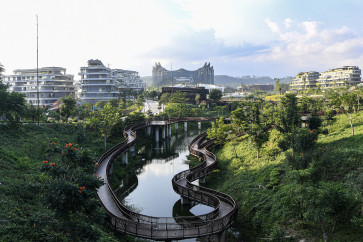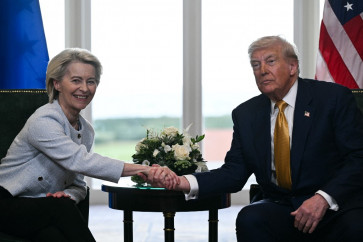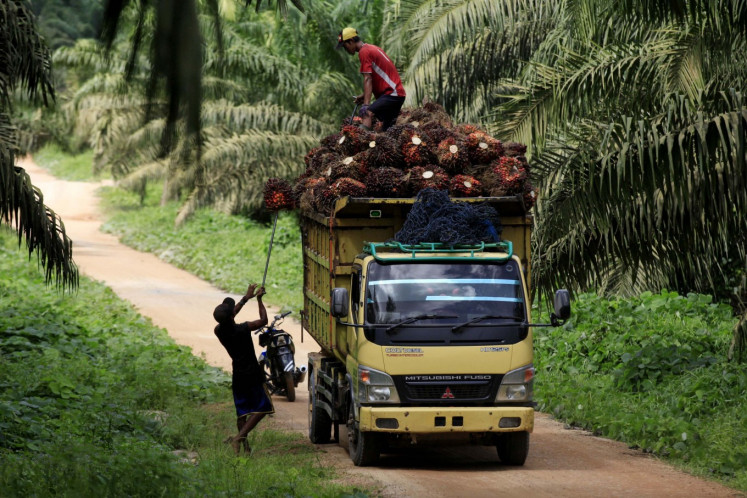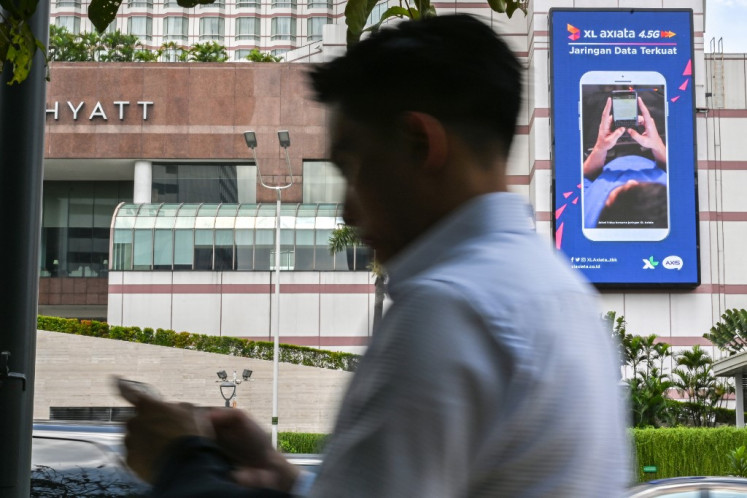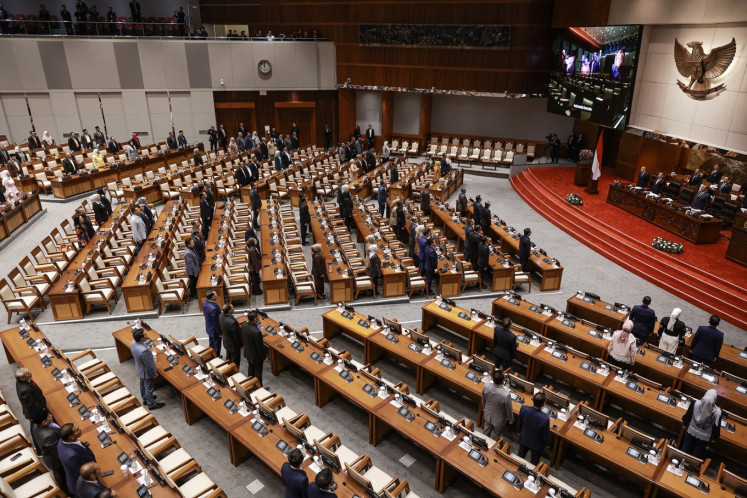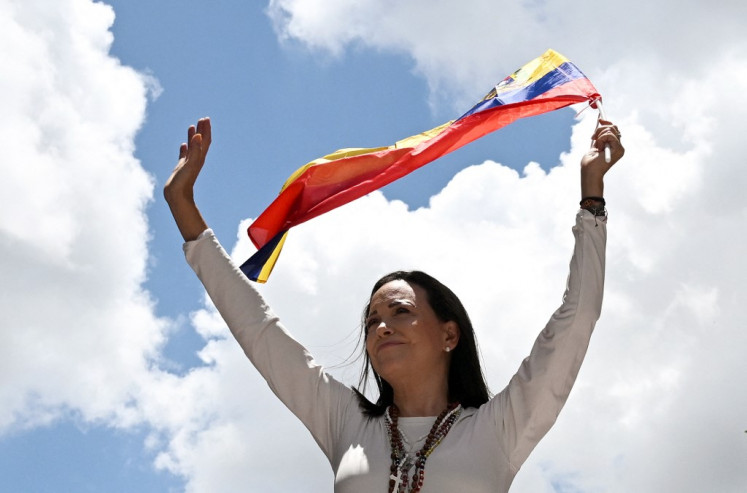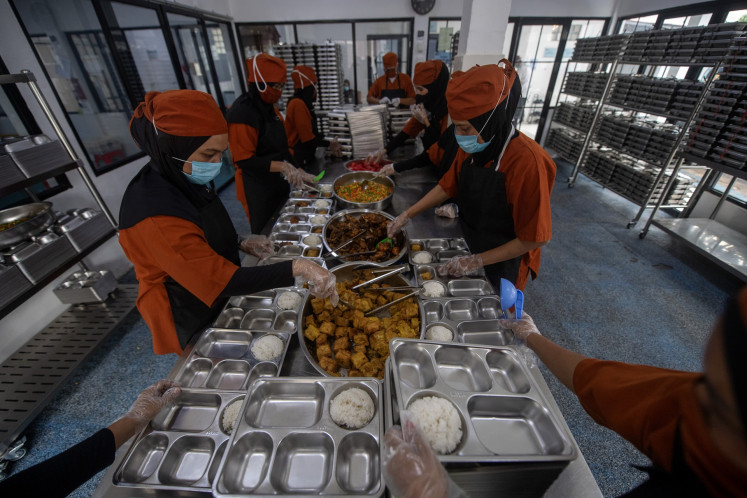Popular Reads
Top Results
Can't find what you're looking for?
View all search resultsPopular Reads
Top Results
Can't find what you're looking for?
View all search resultsTaxu 2008: Bali artists paint outside the traditions
Looking at painter Gede Mahendra Yasa's work in the Taxu 2008 exhibition in Sigiart gallery, South Jakarta, one can see an abstract painting and a realist one at the same time
Change text size
Gift Premium Articles
to Anyone
Looking at painter Gede Mahendra Yasa's work in the Taxu 2008 exhibition in Sigiart gallery, South Jakarta, one can see an abstract painting and a realist one at the same time.
The painter, popularly known as Hendra, produced a pseudo-abstract realist painting in his work Plototan *2, depicting giant colorful paint splotches across a white surface. The random arrangement of colors -- orange, green, blue and yellow -- gives an abstract feel to the painting, while the photographic features of the paint make it very realistic.
Hendra is one of four Balinese contemporary painters of the Taxu Art group exhibiting their work at Taxu 2008, with the theme "Painting Rejuvenation".
Agus Sumiantara, Ketut Moniarta, and Dodit Artawan also join the exhibition, which runs from Dec. 13 to Jan. 10.
Like Hendra, the other artists also display works that break away from the traditional Balinese painting style.
According to curator Asmudjo Jono Irianto, Balinese painting has become established in Indonesian modern art. Modern Balinese painting reflects the individual and personal, while at the same time incorporates inheritance.
"It's interesting in Bali. We see a syncretism between modernism and tradition in painting," Asmudjo says.
Members of the Taxu group, however, distance themselves from the traditional ways of Balinese painting and have set out with their own style.
The group's name, Taxu, is taken directly from the Balinese word taksu, which is often used by Balinese artists to refer the essence and profundity of art.
Taxu Art group was founded in 2001 by 13 young Balinese artists who were then students at the Indonesian Art Institute in Denpasar.
The group aimed to initiate a movement to fight against the hegemony of art in Bali.
Asmudjo in the exhibition catalog writes, "At a glance, it seems that the way in which the Taxu Art Group moved into the circle of contemporary art has been quite peculiar: by rejecting the contemporary art potentials that they have precisely inherited....
"It could very well be that the Taxu painters have deliberately abandoned their local potentials to enter the contemporary art realm in ways that are more challenging to them.
"On the other hand, their rejection of the traditional identity can also be seen as an effort to liberate themselves from the burden of tradition," Asmudjo says.
The Taxu 2008 exhibition is the group's second, with only four members remaining in the group.
In the exhibition, Hendra plays with elements of painting. His focus this time was paint itself.
Asmudjo says Hendra was revisiting painting techniques. He wanted to make people think about how he paints rather than the subject of his painting.
Moniarta used a similar approach with his subject: Pocari Sweat cans. Viewing his paintings of squashed Pocari Sweat cans or white cans stacked up on a pink surface, Asmudjo says one would assume the artist was approaching this work from a pop art tradition and was dealing with popular culture. However, Asmudjo says Moniarta talks about the problem of the painting itself.
Moniarta was not interested in the idea of Pocari Sweat, but was interested in its appearance. With his paintings, Moniarta tries to create illusions of form.
Agus, meanwhile, presents glass blocks and objects behind them. One of his works shows an image of American photorealist painter Chuck Close behind a glass block.
Dodit's paintings were inspired by rice, the staple food of Indonesians. He depicts rice in various ways: painting piles of rice sacks and grains, or rice among rice wine bottle caps. The paintings of rice wine bottle caps remind us of the local Balinese drink, bringing his the viewer back to Balinese culture but in a contemporary style.
Asmudjo says by distancing themselves from Balinese style, the young artists had made a bold move.
"It's like throwing away an asset they were born with," he says.
"But, it's also a statement of their existence as artists."


